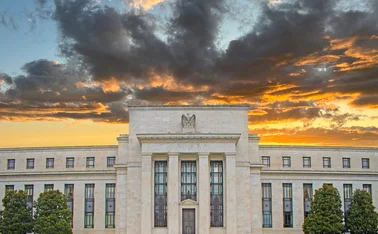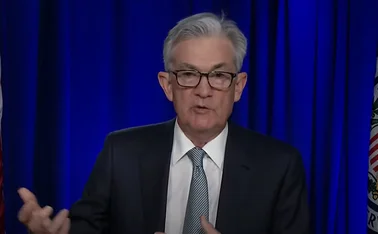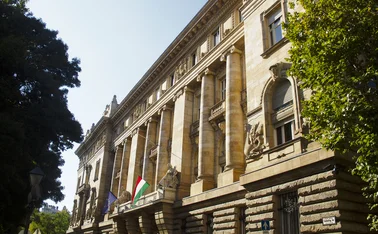
Australian government pours $8.5bn into RBA's reserves

The Australian government has given the Reserve Bank of Australia (RBA) A$8.8 billion ($8.5 billion) to enhance the RBA's "capacity to conduct its monetary policy and foreign exchange operations", blaming the strength of the Australian dollar and "the determination of the previous government to take extraordinary dividends from the Reserve Bank" for the depletion of its reserves.
The cash transfer will bring the Reserve Bank Reserve Fund (RBRF) up from 3.8% of the RBA's assets at risk, to 15% – and has been made at the request of RBA governor Glen Stevens, according to Australian treasurer Joe Hockey.
The RBA's most recent annual report, for 2012 said the bank's board would "seek to replenish [the RBRF] over time to a level more appropriate to the risks faced by the Bank". Before the election this year, the then government determined that the RBA's earnings available for distribution would be split between a dividend to the government of A$500 million, and A$596 million for the RBRF, which the report said was "to start to replenish the Bank's capital following recent losses".
Hockey's statement showed the government taking a dividend from the RBA's profits of between A$1 billion and A$1.5 billion each year from 2003 to 2009. In 2009–10, the government was paid a dividend of A$5,227 million – and the following year, the RBRF fell by A$4,866 million.
The 2011 annual report details, however, how that loss was incurred by the RBA "essentially due to the appreciation of 16% in an index of the basket of currencies in which Australia's foreign reserves are invested".
As a result of that loss, no dividend was payable to the government in the financial year 2011–12. Hockey claimed in his statement today that the government's A$500 million dividend in 2012–13 was taken "against the advice of the Reserve Bank".
Restoring the RBRF to 15% of assets at risk will, said Hockey, "place the bank in an extremely strong financial position", and allow it to "maintain a strong balance sheet over the medium term in what is likely to continue to be a volatile global economy". It will also, he said, enhance the independence of the RBA in conducting its operations.
Only users who have a paid subscription or are part of a corporate subscription are able to print or copy content.
To access these options, along with all other subscription benefits, please contact info@centralbanking.com or view our subscription options here: subscriptions.centralbanking.com/subscribe
You are currently unable to print this content. Please contact info@centralbanking.com to find out more.
You are currently unable to copy this content. Please contact info@centralbanking.com to find out more.
Copyright Infopro Digital Limited. All rights reserved.
As outlined in our terms and conditions, https://www.infopro-digital.com/terms-and-conditions/subscriptions/ (point 2.4), printing is limited to a single copy.
If you would like to purchase additional rights please email info@centralbanking.com test test test
Copyright Infopro Digital Limited. All rights reserved.
You may share this content using our article tools. As outlined in our terms and conditions, https://www.infopro-digital.com/terms-and-conditions/subscriptions/ (clause 2.4), an Authorised User may only make one copy of the materials for their own personal use. You must also comply with the restrictions in clause 2.5.
If you would like to purchase additional rights please email info@centralbanking.com test test test







